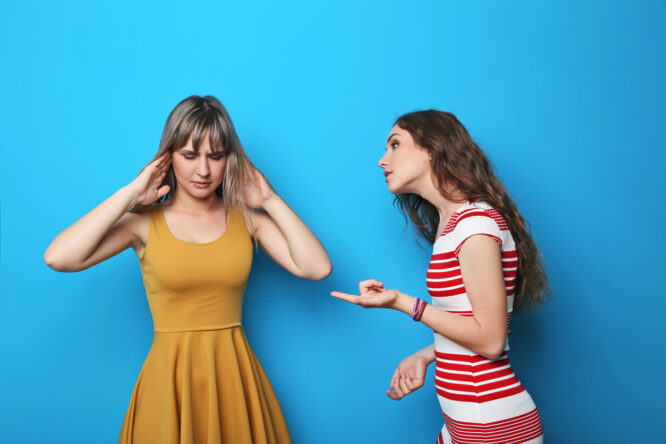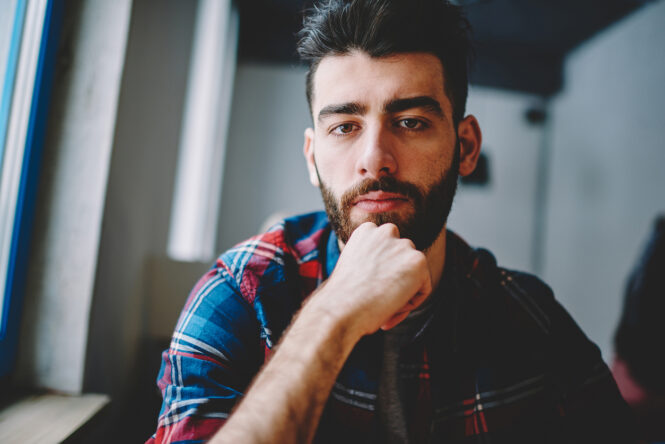If you’ve scrolled through TikTok lately, chances are you’ve come across someone explaining ADHD symptoms, autism traits, or what it’s like to live with anxiety or a personality disorder.
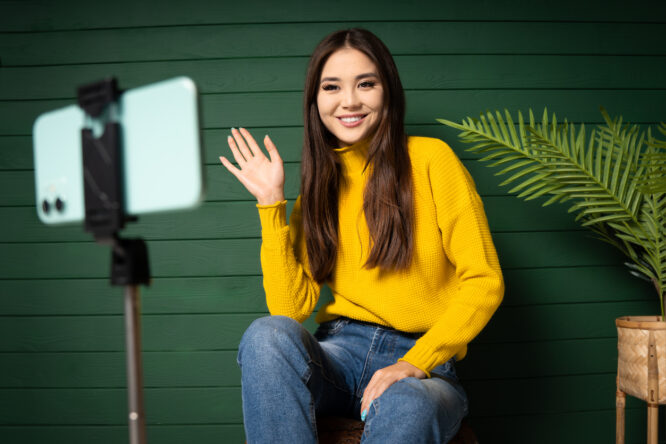
For many, these videos feel like lightbulb moments that magically explain experiences they’ve had for years but never really understood or felt anyone else could relate to. However, with more people using TikTok to explore their mental health—and even diagnose themselves—the line between awareness and confusion is getting blurrier by the scroll. That’s not necessarily a good thing.
1. People finally feel seen.
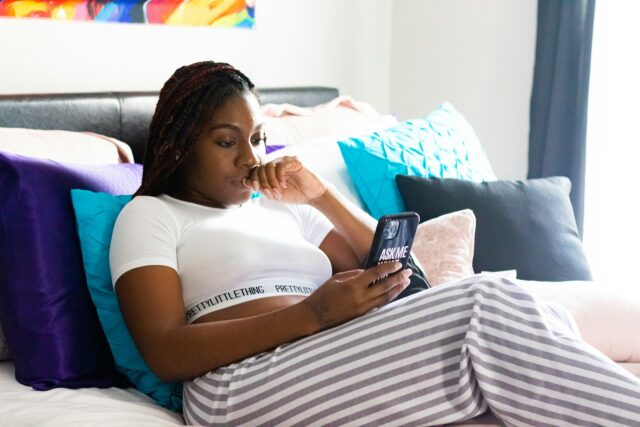 Source: Unsplash
Source: Unsplash For years, many mental health conditions, especially neurodivergent ones, went unnoticed or were brushed off. TikTok changed that by giving people real-life descriptions that don’t sound like textbook jargon. Suddenly, someone who’s struggled for years with attention issues or sensory sensitivity sees a video and thinks, “Wait… that’s me.”
That moment of recognition can be powerful, especially for people who never had the language to describe their experiences. It’s not that TikTok is handing out formal diagnoses. It’s that it’s giving people a mirror they didn’t know they needed. In a world where many have felt misunderstood, those 60-second videos can hit harder than a decade of vague GP appointments.
2. Getting a diagnosis through the system is still hard.

One of the biggest reasons self-diagnosis is rising is because access to professional help is still painfully slow and expensive. In the UK, waiting lists for ADHD or autism assessments often stretch beyond two years. Private diagnoses cost hundreds, sometimes thousands of pounds. For a lot of people, it’s simply out of reach.
In that gap, TikTok has become a kind of makeshift triage zone. People aren’t turning to it because they don’t value expert opinions—they’re turning to it because they can’t get one. When someone’s struggling to make sense of their own brain, any scrap of clarity is better than endless waiting.
3. The content feels more human than clinical.
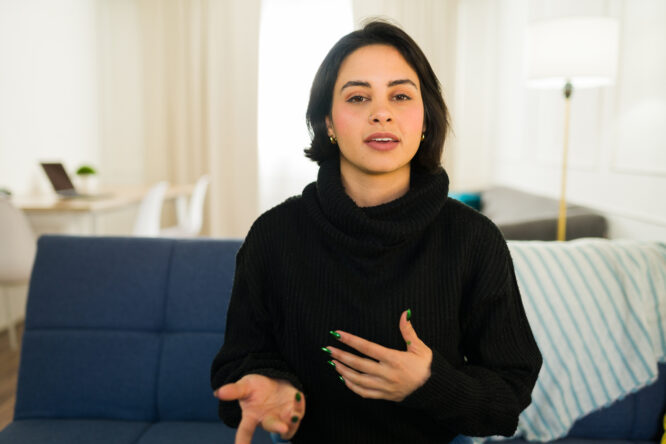
One major reason TikTok resonates is that it doesn’t sound like a medical form. It’s people sharing personal stories, day-to-day struggles, and “you might relate to this if…” observations. That’s far more relatable than a checklist buried on an NHS page or a cold, clinical PDF you can barely understand.
That personal, lived-in tone is what draws people in. They’re not being talked down to or tested—they’re being invited into a conversation. For anyone who’s been dismissed or misdiagnosed in the past, that kind of emotional safety is a game-changer.
4. Neurodiversity is finally part of mainstream conversation.
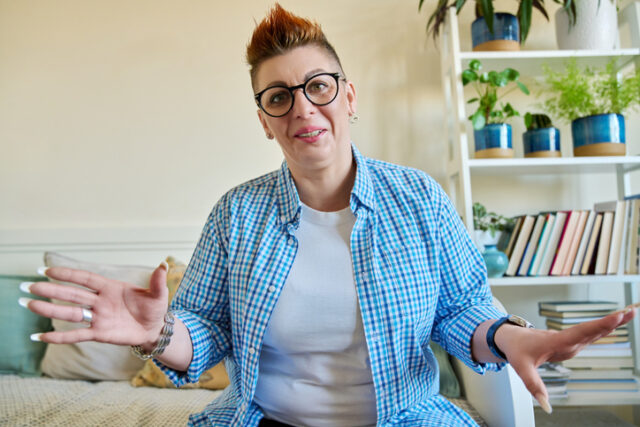
We’re seeing a cultural change around how conditions like ADHD, autism, OCD, and even bipolar disorder are discussed. Once whispered about or misunderstood, they’re now part of everyday conversations. TikTok has helped normalise these discussions and chipped away at the stigma.
That’s not to say it’s perfect—some oversimplification and stereotyping still slip through—but the fact that people feel able to say “I relate to this” without shame is something that simply wasn’t common a decade ago. It’s helping people start from a place of curiosity instead of self-blame.
5. Younger generations are more open about mental health.

Gen Z, in particular, talks about mental health like previous generations talked about the weather. There’s less fear, more honesty, and a willingness to call things what they are. TikTok reflects that mindset perfectly—it’s messy, vulnerable, and open-ended.
This openness has created a ripple effect. People who might’ve brushed off their symptoms before are now wondering if they’ve been quietly struggling for years. It’s not always about chasing a label. It’s about wanting to understand how your own brain works and why certain things feel harder than they should.
6. The algorithm makes it feel personal.

TikTok’s algorithm is famously good at showing you content you didn’t know you needed. So if you linger on one video about anxiety or ADHD, you’ll probably see five more before the day’s over. It creates the illusion that this is something highly relevant to you.
For someone already questioning their experiences, that kind of repetition can reinforce the belief that they’ve found an answer. It can feel like the app is validating your inner world, even if it’s just working off viewing patterns and hashtags. That feedback loop can be comforting, but also misleading.
7. Diagnosis language is becoming more casual.

Terms like “executive dysfunction,” “emotional dysregulation,” and “masking” have crept into everyday vocabulary, often via TikTok. In some ways, that’s great; it gives people words to describe things they’ve never been able to explain before. However, it also means complex clinical concepts get flattened into buzzwords.
This casualness can blur the line between genuine self-awareness and accidental mislabelling. Just because you relate to a few traits doesn’t necessarily mean you have a condition, and that nuance can get lost when everything is framed to fit a 30-second video.
8. Some people are using it to advocate for themselves.
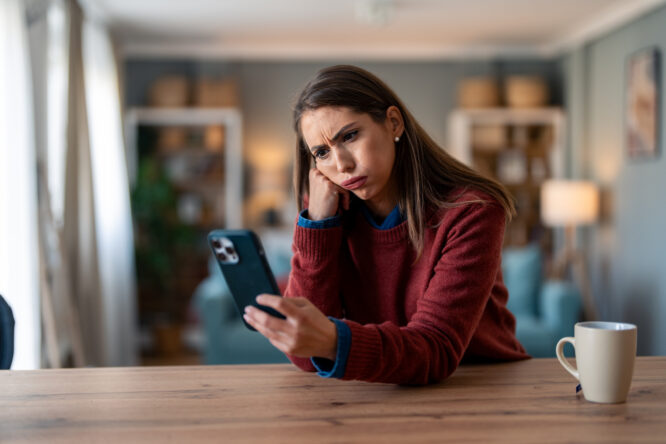
For many, self-diagnosis isn’t a way of avoiding professionals—it’s about preparing to finally be taken seriously by them. They watch TikToks, research symptoms, keep journals, and go to doctors armed with better language to describe their struggles. It’s not about jumping to conclusions—it’s about having more tools to ask for help.
Honestly, some people have had to do that just to get noticed. In a system where certain diagnoses are still riddled with gender and racial bias, self-diagnosis can feel like a form of survival. It’s not perfect, but it’s often the first step toward getting support that feels overdue.
9. Of course, there’s a risk of over-identifying.

While TikTok can provide clarity, it can also lead people down a rabbit hole of over-identification. Seeing one relatable video can quickly become seeing your whole personality in a diagnosis that might not actually fit. It can start to shape how you view everything from relationships to your work habits.
This isn’t invalidating anyone’s experience, but it’s a reminder that diagnoses are complex for a reason. Two people might struggle with the same issue, but for entirely different underlying reasons. A label might feel comforting, but if it’s not accurate, it can end up limiting you rather than helping you grow.
10. The answer isn’t to dismiss it—it’s to add context.
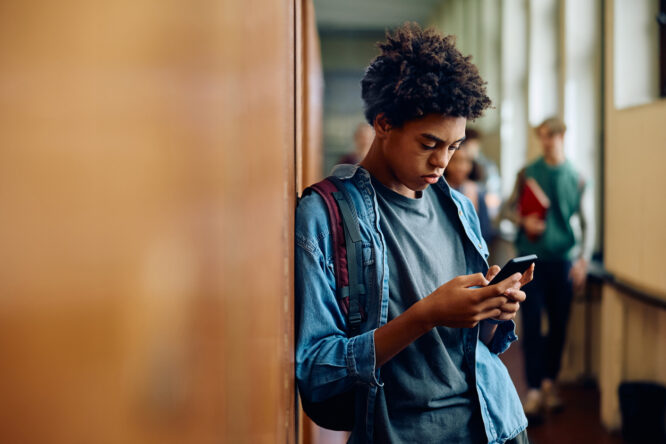
Self-diagnosis isn’t going anywhere, and neither is TikTok. What we need is better support, clearer information, and access to professionals who actually listen. People aren’t turning to apps because it’s trendy—they’re turning to them because they’re tired of being ignored.
Instead of mocking or dismissing self-diagnosers, the conversation needs to move toward education and empathy. If someone sees themselves reflected in a video and starts to ask big questions, that’s not a failure of social media. That’s a failure of the systems that left them guessing in the first place.

